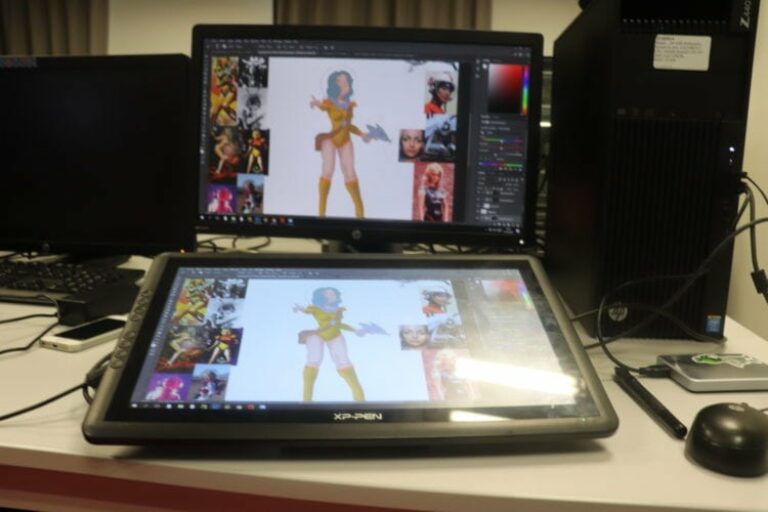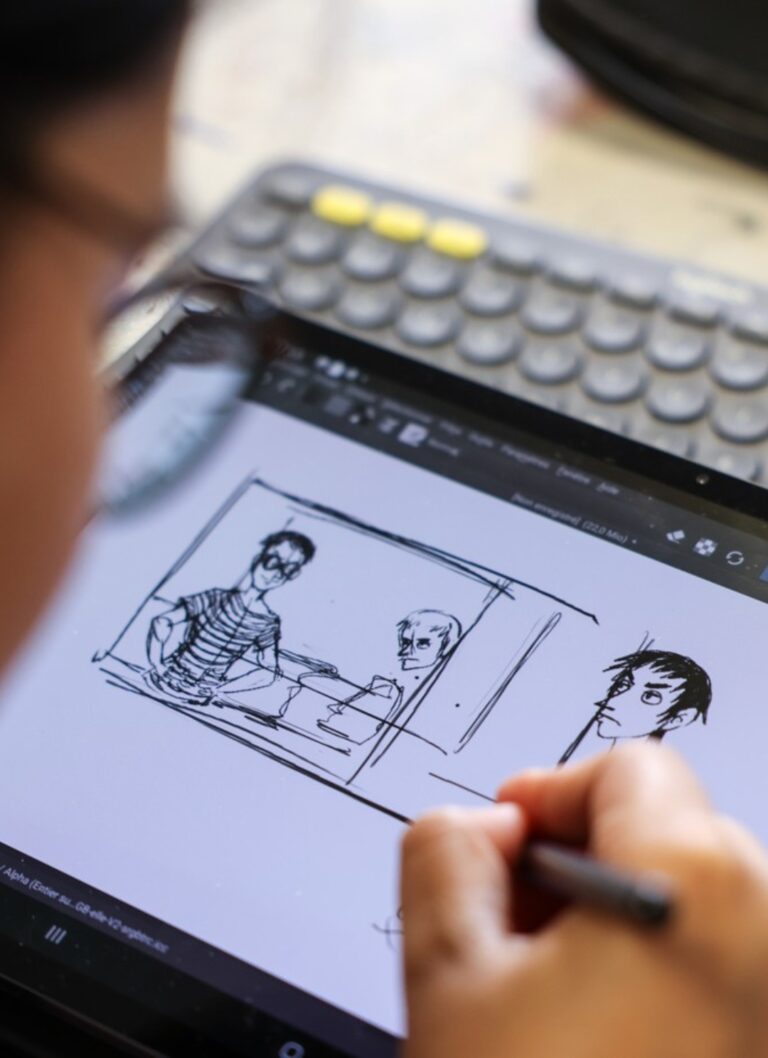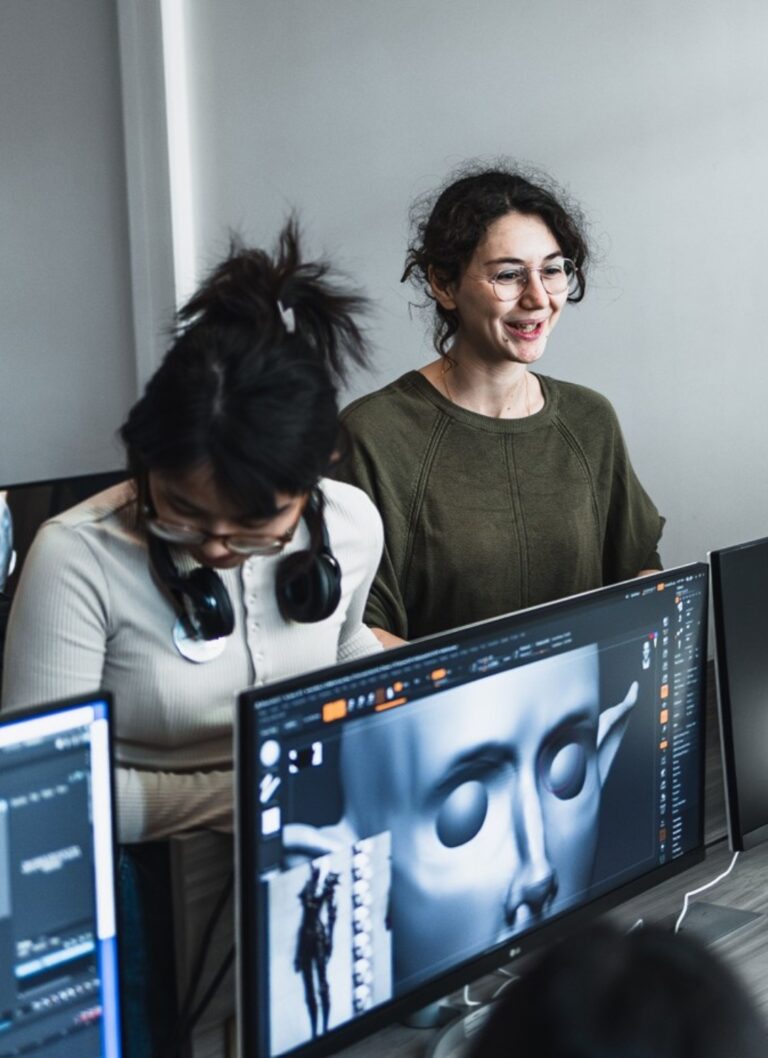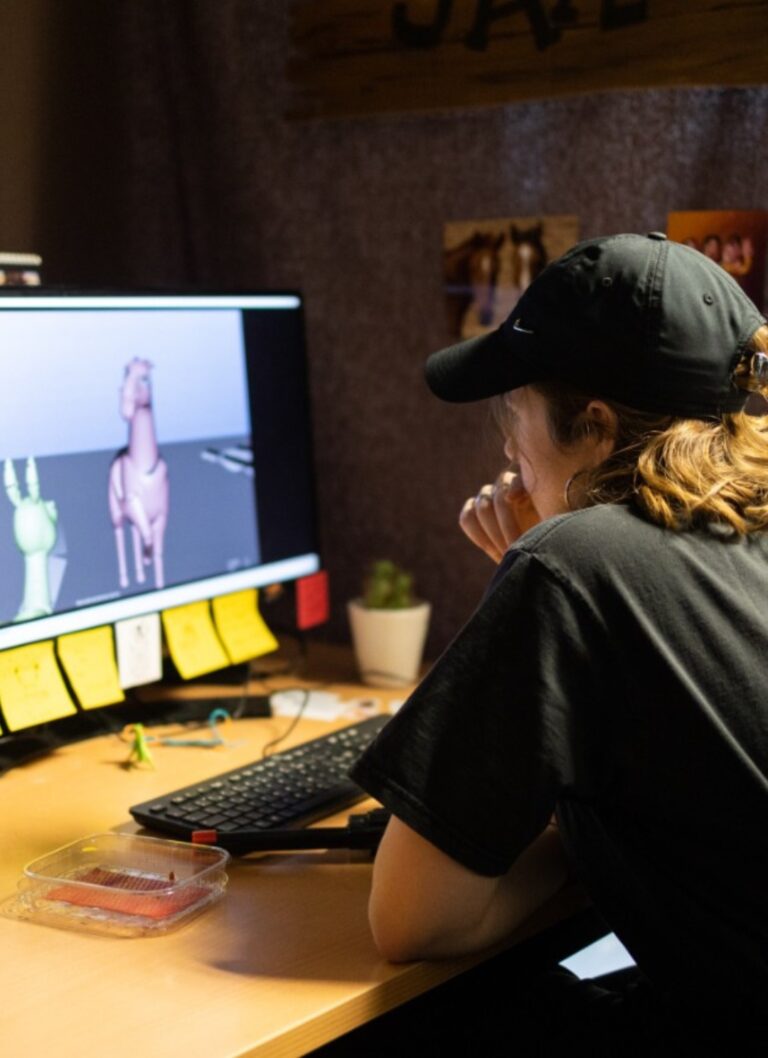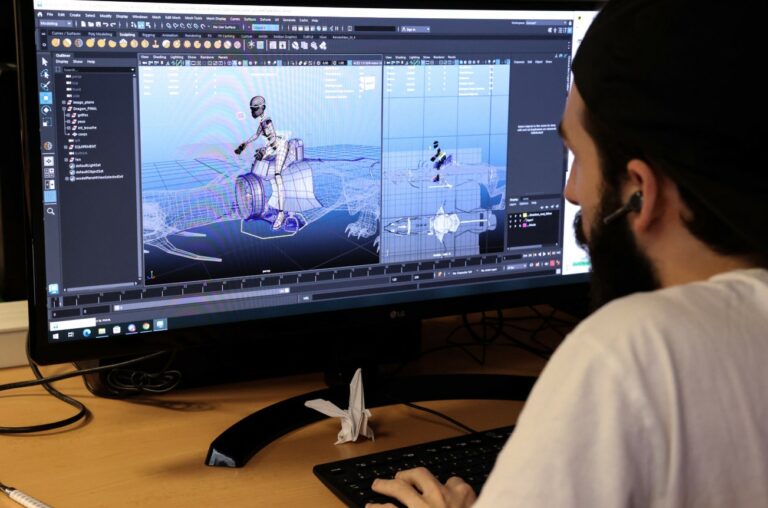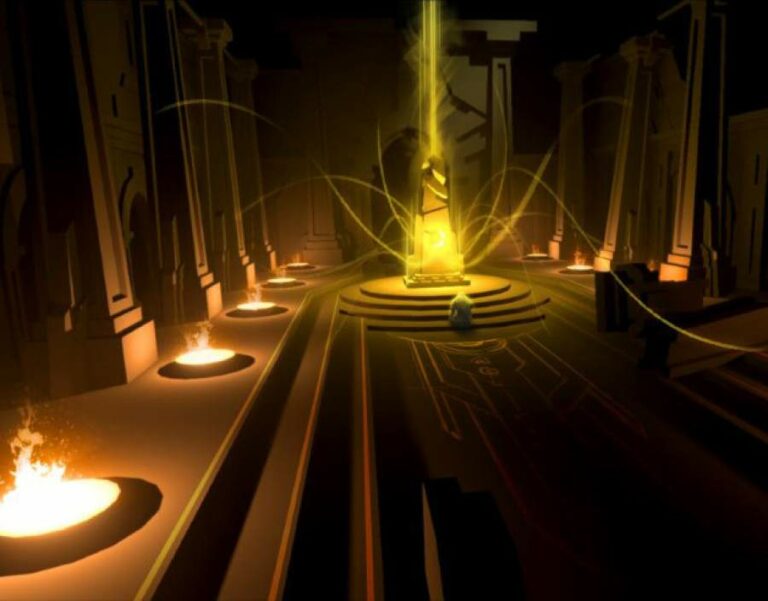
- Training 3D Animation & FX
The 3D modeller plays a central role, bringing any visual object to life in 3D, expressing it in volume and adding materials and textures.
What Does a 3D Modeler Do?
A 3D modeler designs and builds digital objects, characters, and environments used in video games, films, architecture, and product design. They use specialized software to sculpt, texture, and refine models that bring creative visions to life. Whether crafting realistic human figures or stylized assets for animated projects, 3D modelers work closely with animators, designers, and developers to ensure their models are ready for production. Attention to detail, creativity, and technical knowledge are essential in this role .This guide will walk you through the skills required, potential job opportunities, salaries, and more.
By the end of this article, you’ll have a clear roadmap on how to start and grow in this exciting profession.
How to Become a 3D Modeler?
Becoming a 3D modeler requires both artistic and technical skills. Here’s what you need to do:
1. Learn the Fundamentals
Understanding the basics of 3D modeling, such as shape, proportion, and texture, is crucial. Studying traditional art principles like anatomy and perspective can also improve your ability to create realistic models.
2. Master 3D Modeling Software
Industry professionals use various tools to create 3D models. The most common ones include:
- Blender – A free, open-source tool used for modeling, animation, and rendering.
- Autodesk Maya – Widely used in the film and gaming industry for character and environment modeling.
- ZBrush – Specializes in high-detail sculpting, perfect for creating realistic characters.
- Substance Painter – A must-have for texturing models with realistic materials and colors.
- 3ds Max – Preferred for architectural visualization and hard-surface modeling.
3. Build a Strong Portfolio
A well-structured portfolio is essential for landing jobs. Include a mix of character models, environments, and objects to showcase your versatility. Break down your workflow so employers understand your thought process and technical skills.
4. Take a Professional Course
A structured program can provide hands-on experience and mentorship. The 3D Animation & VFX Training at ESMA is an excellent option to gain industry-relevant skills and network with professionals.
Essential Skills to Become a 3D Modeler
Technical Skills
- Mastering 3D Modeling Software: Learning or Mastering tools such as Blender, Maya, and ZBrush.
- Understanding Topology & Geometry: Creating clean, efficient models that work well in animations and games.
- Texturing & UV Mapping: Applying realistic textures to models using tools like Substance Painter or Photoshop.
- Lighting & Rendering: Setting up lighting for realistic shadows, reflections, and final renders.
- Basic Animation Knowledge: Understanding rigging and character movement.
Soft Skills
- Creativity and Artistic Vision: Having a strong sense of shape, color, and proportions.
- Pay Attention to Detail: Small details like wrinkles on clothing or scratches on metal make models feel more realistic.
- Communication and Teamwork: Many 3D modelers work in teams, making collaboration with designers and developers essential.
- Time Management : Meeting deadlines, organizing files, and handling multiple projects efficiently.
Many 3D modelers start with traditional drawing and sculpting before diving into digital tools. Improving traditional art skills can enhance 3D modeling abilities.
Are 3D Modelers in Demand in 2025?
Yes! The demand for skilled 3D modelers is rising, especially in video games, film, virtual reality, and architecture. With industries shifting towards digital, companies need experts who can create realistic 3D assets. Those who stay updated on industry trends and improve their skills will have plenty of job opportunities.
A Day in the Life of a 3D Modeler
3D modeling is a mix of creativity and problem solving. One day might involve sculpting a character in ZBrush, while another could be spent optimizing assets for real time rendering in a game engine. Modelers often start with reference images or concept art, blocking out basic shapes before refining details like textures and lighting. Throughout the day, they may receive feedback from their team, make adjustments, and ensure their models meet all the technical specifications. Deadlines can be tight and hard, but seeing a project come to life makes it all worthwhile.
Tips to Break Into the Industry as a 3D Modeler
- Specialize in a Niche: focusing on one area (e.g., character modeling, hard surface modeling, or environmental design) can make you stand out.
- Keep Practicing: The more you practice, the better you get. Work on personal projects to refine your skills.
- Network with Professionals: Join online forums, attend industry events, and connect with artists on platforms like ArtStation and LinkedIn.
- Freelance or Contribute to Open-Source Projects: Real world experience will help you build a stronger portfolio and gain industry exposure.
Salary Expectations for 3D Modelers
Salaries vary based on experience and industry. Here’s a general breakdown:
- Entry-level: Around $50,000 per year
- Mid-level: Between $70,000 – $90,000 per year
- Senior roles: Over $100,000 per year Freelancers may earn more or less depending on their project rates and workload.
Becoming a 3D modeler requires patience, dedication, and continuous learning. Whether you choose self-learning or enroll in a Training program like 3D Animation & VFX course at ESMA One of the best Animations Schools in the World According to The Rookies, having a strong portfolio and keeping up with industry trends will open doors to exciting opportunities. Focus on building your skills, networking, and gaining experience to establish yourself in this competitive field.
